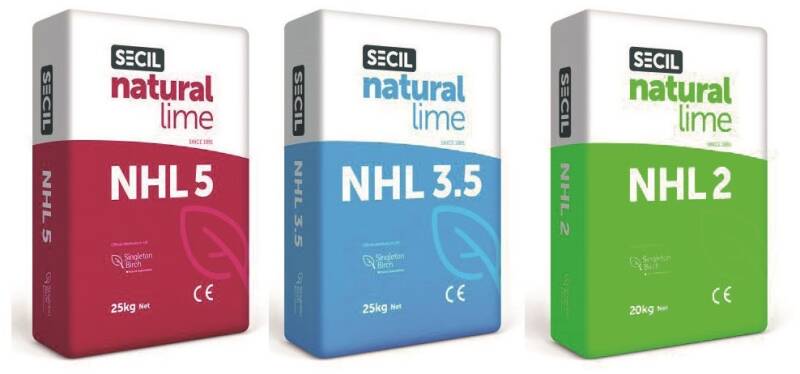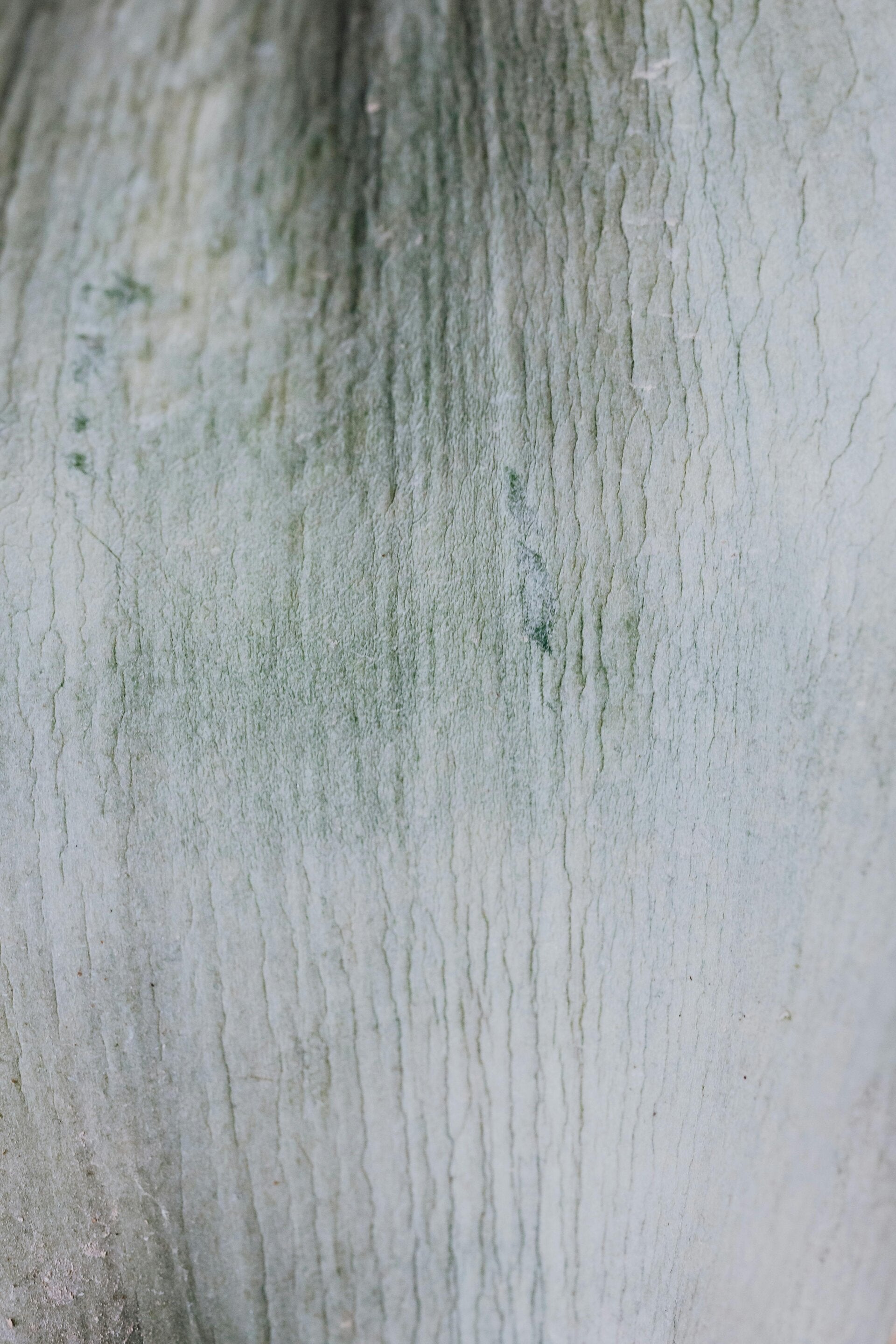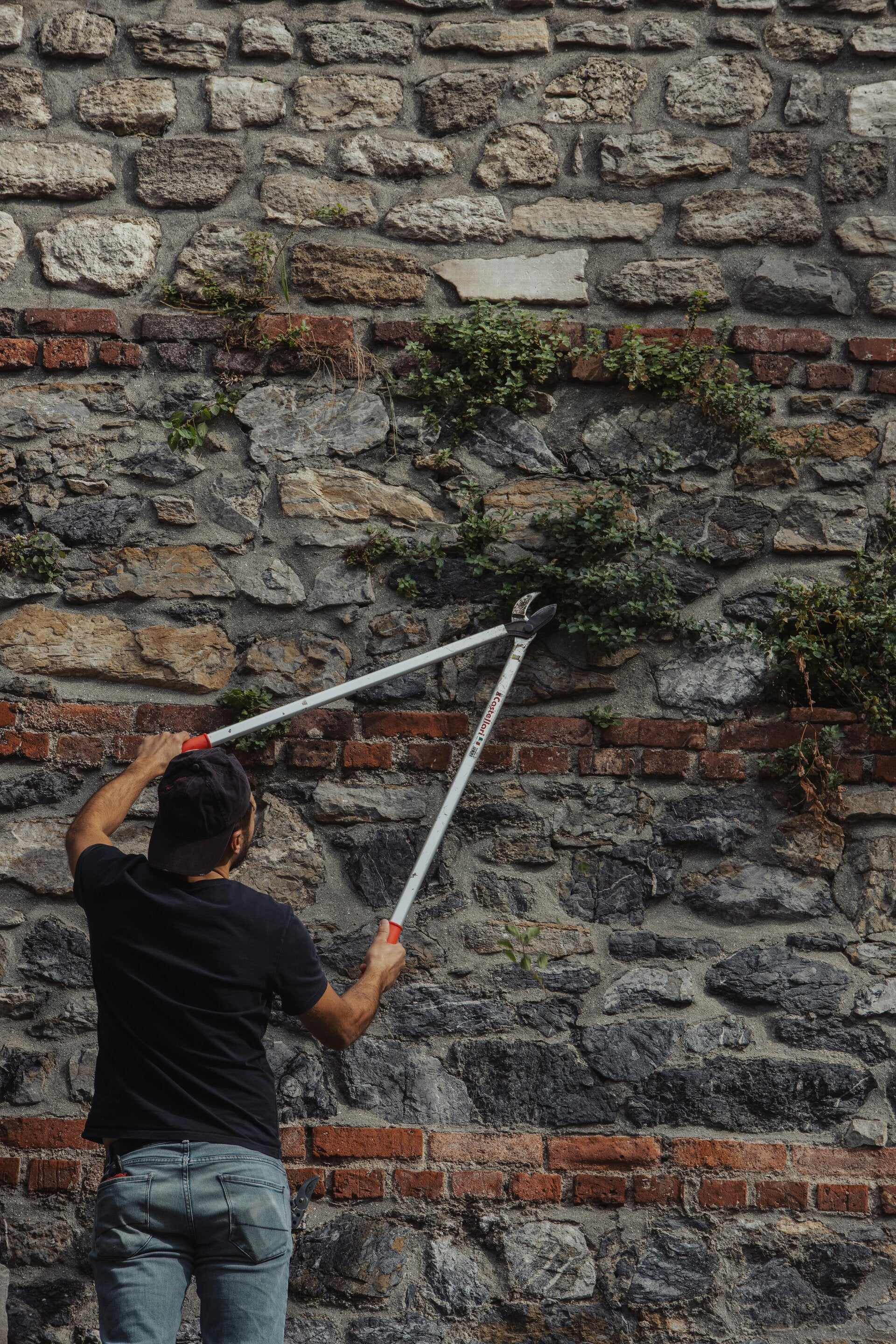
Information
Natural Hydraulic Lime (NHL) .
On this page we'll give you the truths about NHL's, because it is very obvious today that the Armchair Experts are now Dr's in lime sciences.
NHLs, are very useful in period and listed building conservation and restoration, but as with everything, knowledge of the products themselves is vital to knowing the 'where to's' and the 'where not to's'.
We've already covered the nonsense claims about "NHL's setting harder than cement" (which to be perfectly honest we were taken in by initially) but Luckily, having started out on older buildings, and studied older buildings, unlike many out there today, we were quickly able to conduct our own experiments and conclude that yet another armchair expert really just needs to learn, instead of assuming and opening their gob!

Decoding natural hydraulic lime
NATURAL HYDRAULIC LIME (NHL) is a type of lime that sets and hardens through a chemical reaction with water (hydration) and also with carbon dioxide from the air (carbonation). Unlike non-hydraulic lime (or Air lime/slaked lime/lime putty), NHL can set underwater, making it ideal for damp or exposed conditions including limecrete floors. Understanding the ingredients and properties is crucial for successful application in historical building conservation, and here is where we'll get you started to a better understanding of Hydraulic Limes.

The continued hardening of NHL
One common question is whether NHL continues to harden over time. The answer is yes, NHL will continue to harden slowly over many years as the hydraulic set progresses and carbonation occurs. This ongoing process contributes to the durability and longevity of NHL mortars and plasters, making them suitable for the long-term preservation of historic structures. However it does not set as hard as cement, as is often claimed by those just showing their own inexperience.

Ingredients in NHL
NHL is derived from limestone containing natural impurities such as clay, silicate minerals, and alumina silicates. These impurities are crucial to its hydraulic properties. The limestone is burned at specific temperatures to create 'free lime' (calcium oxide) and reactive silicates and aluminates. The resulting product is then slaked (mixed with water) to produce NHL, which consists primarily of calcium hydroxide, calcium silicates, and calcium aluminates.
The numbers
NHL's are split into 3 categories, which are then further caragorised:
NhL 2.0 is classed as 'Feebly Hydraulic'
nhl 3.5 is classed as "Moderately Hydraulic'
And,
NHL 5.0 Classed as 'Eminently Hydraulic'
Clearly these names are designed to help people understand a little easier.
